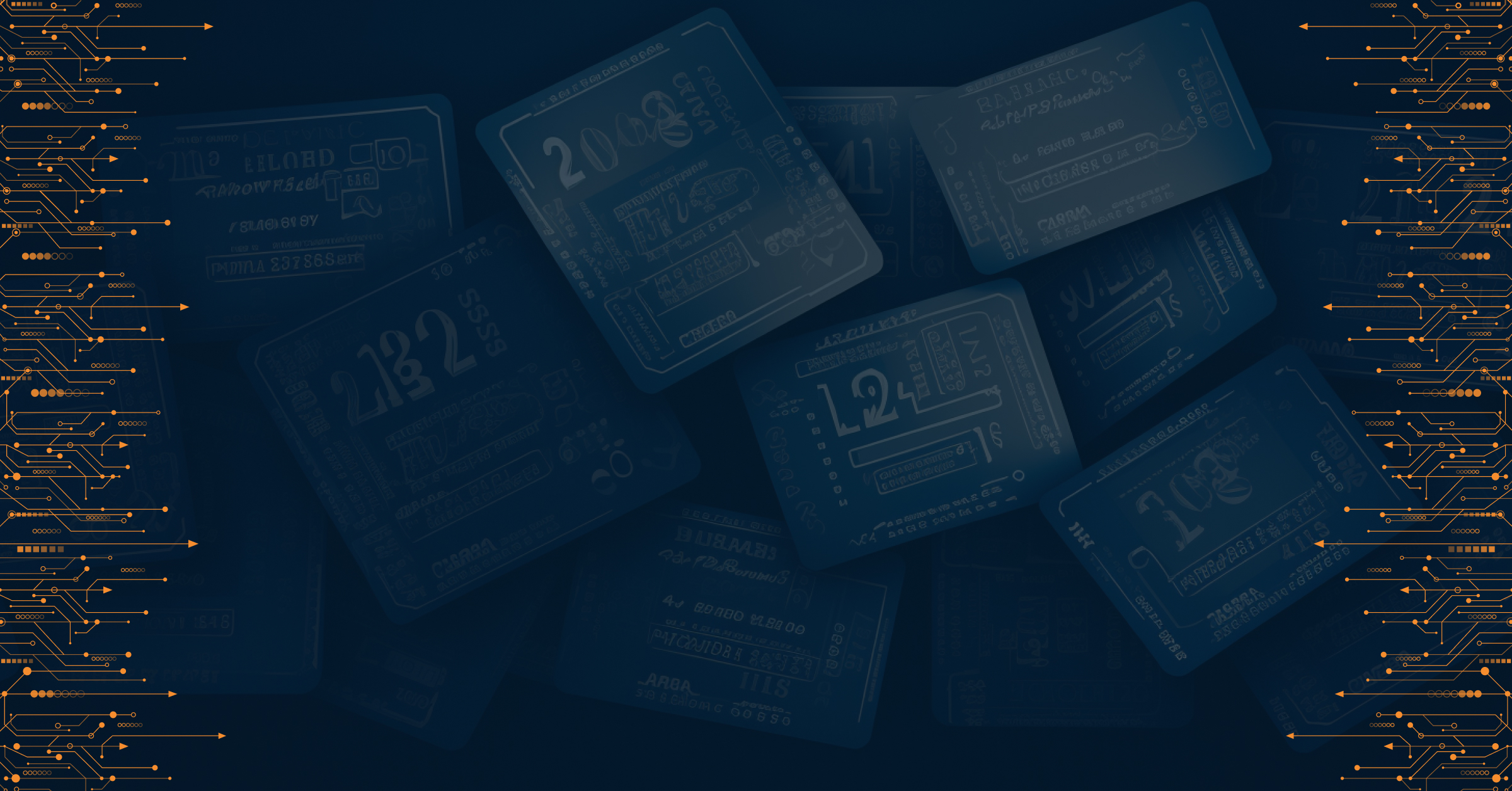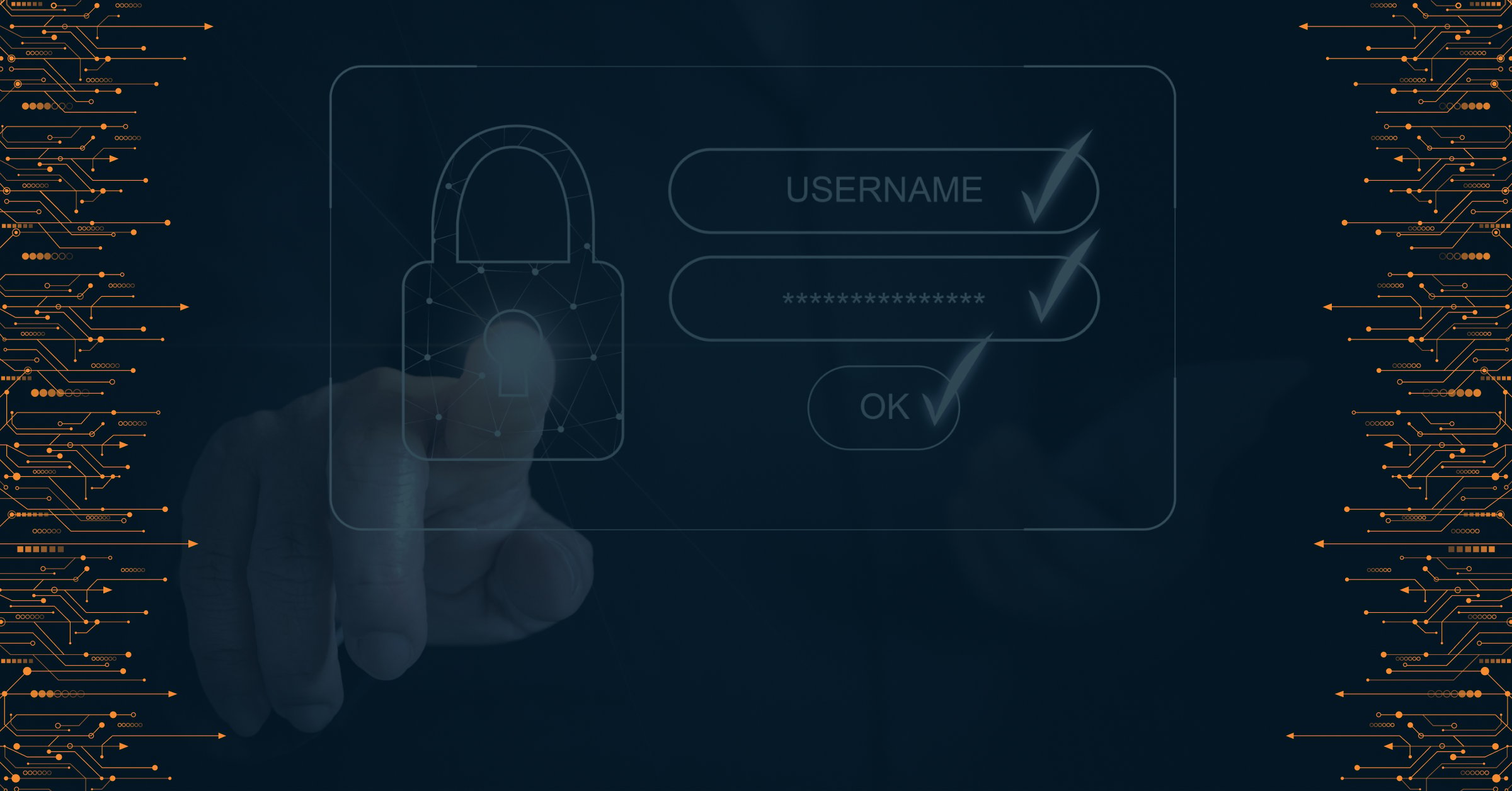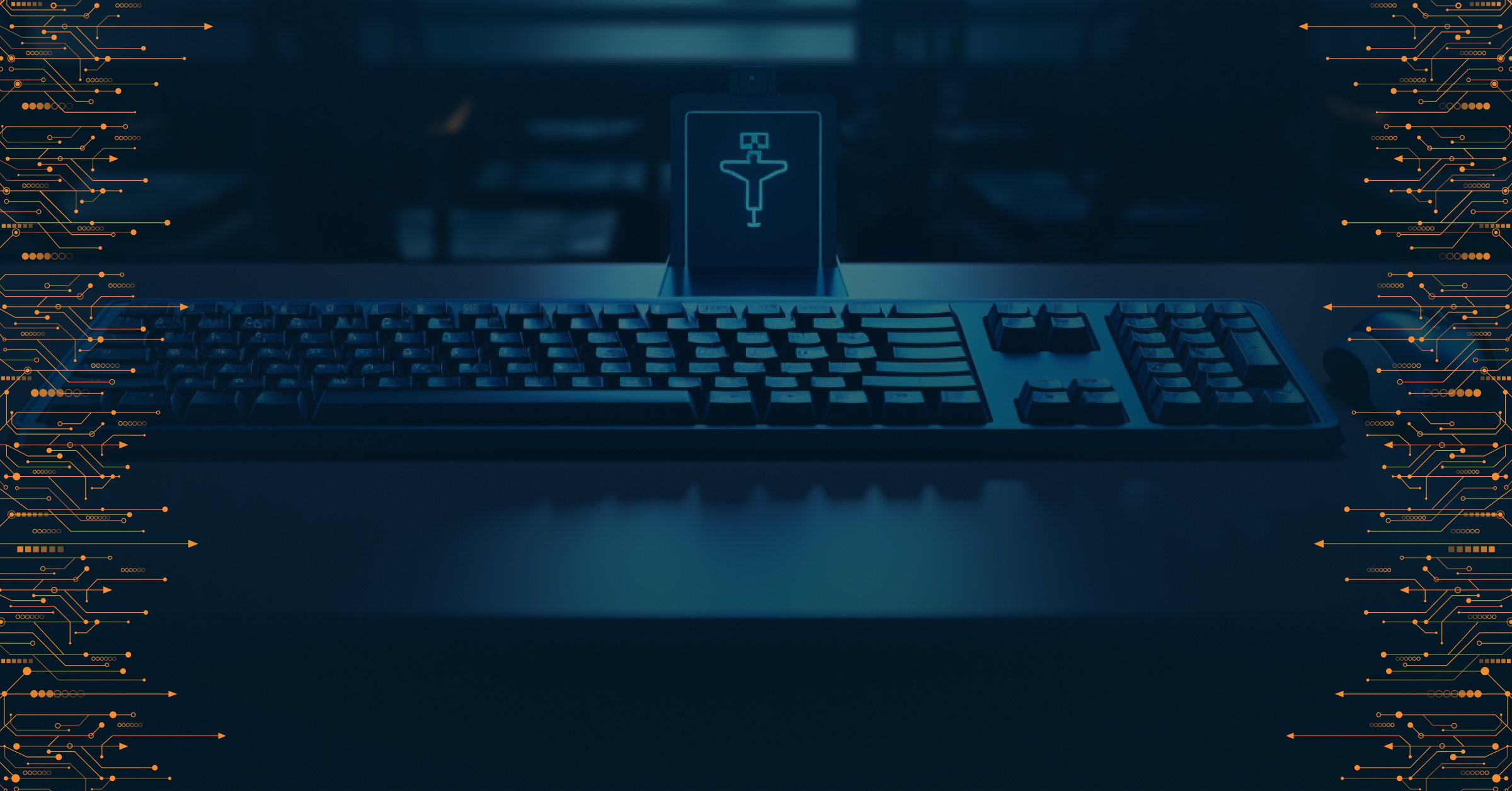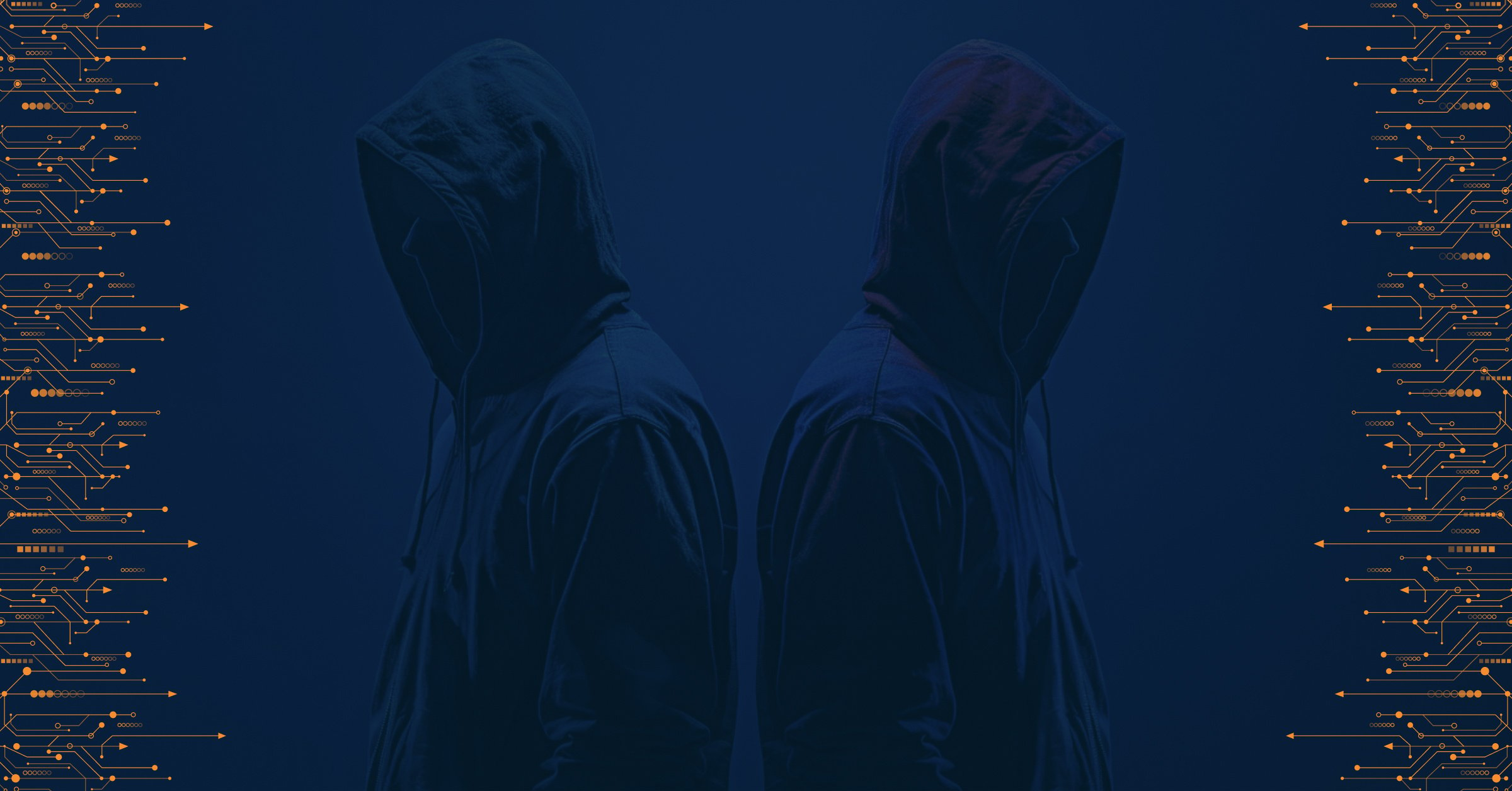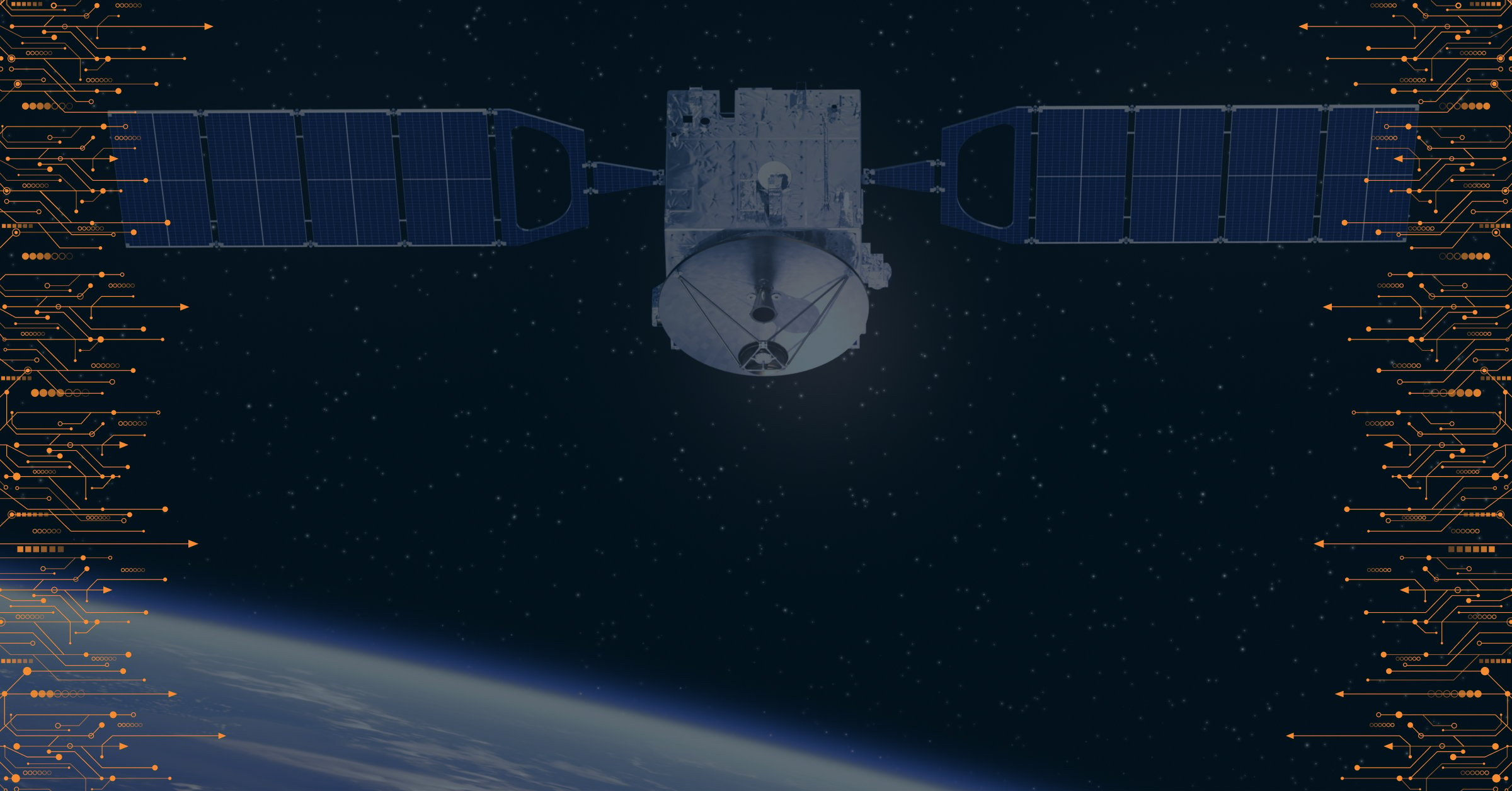For anyone ready to keep their organization safe yet is still unsure about all the threats out there: this blog is for you as we will explain more details about the DDos and DoS attacks—the differences, the typical targets, examples, and how they can be prevented.
What is DDoS?
The Distributed Denial of service is an attack where the targeted resources are flooded using multiple machines and computers (botnets). The malicious traffic hits the system all at once, effectively crippling it.
What is DoS?
On the other hand, a Denial of Service attack means the unavailability of a resource or website because the server is being flooded with traffic using a single system. As a consequence, the resource crashes, making it unavailable to users.
What Are The Differences Between DDoS and DoS?
Let's discuss the differences between DDoS and DoS, which are as follows:
System Attack
The prominent difference in this case is the system attack. The Denial of Service revolves around a system-on-system attack. Whereas Distributed Denial of Service is about a single system being attacked by multiple systems.
Victim PC
A single location gives the packet of data that is loaded. While multiple locations are involved in loading the packet of data.
Speed of Attack
You will be surprised (or not) to know that the speed of a DoS attack is slower, and if we talk about DDoS, then the attack is much faster when compared to the former’s action.
Can It Be Blocked?
A DoS attack can be easily fought since only one system is used. The challenge lies in blocking the DDoS attack, as multiple devices send various data in packets from several locations. Even if the person trying to resolve them fails to do so because one attack gets finished, another packet of data will show up, eventually wasting the time and energy of the concerned person.
Single Device
Being single in nature, a DoS attack can be resolved with the help of a single device that is used with the backup of DoS attack tools. DDoS are heavy to combat; therefore, VolumeBots come to the rescue to ensure attacking at the same time.
Tracing
Are they easy to trace? Well, Denial of Service is definitely easier to trace. The Distributed Denial of Service leaves you scratching your head to figure out how to trace them since they appear from multiple openings, adding to the challenge of finding out where they are originating from.
Traffic Volume
The traffic volume is less in comparison to DDoS. And if we talk about DDoS, then the attack benefits the attacker as they can send an intense volume of traffic to the victim network.
In every way, if a DDoS attacks your network, then you will face countless problems in dealing with it.
Types of Attacks:
The DoS attacks can consist of:
Teardrop attack
The hacker sends pieces in fragments to the server they want to attack.
ICMP flood or Ping of Death
A technical assault in which the attacker sends oversized or malformed ICMP packets.
Flooding attack
A massive volume of traffic is sent to the ill-fated server, where the operator fails to examine the network traffic.
DDoS attacks include the following:
Fragmentation attack
The breaking down of IP into smaller packets, which are then transmitted to a network.
Volumetric attack
The attack where the server is exhausted with a high volume of traffic.
Protocol attack
The hacker finds your network weak and an easy target for them - therefore attacks the internet protocol.
Application Layer attack
The hacker targets the vulnerable layer of the system that has tons of issues, making it convenient to trespass.
What Are the Common Targets Of These Unethical Practices?
DDoS and DoS attacks usually attack the following industries:
Gaming
You will be surprised to know, according to research, that gaming is the most hit field that falls prey to these attacks. Any company that creates and provides online gaming solutions can be easily the victim of malicious activity. How? The passionate players are an easy target for these attackers, as they impersonate an opposite player and steal data from the other party without them knowing.
For example, in mid-2014, Riot Games League Of Legends was attacked by DDoS leading the servers to go offline and interrupting the game for several hours and the attack was accepted by Lizard Squad.
Software
When we talk about the software and technology industry, cloud and SaaS-based technology pops into our minds. DDoS attackers focus on attacking the infrastructure layers.
Many reports claim that the software industry has been attacked frequently, badly flooding the server with vector attacks.
Let’s look at this example: Amazon Web Services was attacked in 2020 and is recognized for catering to more than a million individuals, companies, and governments. The employees saw 2.3 terabits of entering its servers and witnessed their user directories getting hacked, which were loaded with information, but fortunately, AWS managed to recover.
Entertainment Sector
The media and entertainment domain is not behind as the DDoS attackers enter multiple press coverage events as actors since their teams also keep recruiting new people hence that gives the attackers a good way to enter the stream and hack their networks.
Banking Sector
The most vulnerable sector for DDoS attackers is the banking sector. You must have heard many famous cases of banks being hacked and how strong the attackers were in carrying out their job, which left the bankers embezzled with the way their security was compromised.
For example, Danish Bank and Bankdata were recent victims of malicious activity.
Internet Industry
Companies providing internet services to individuals and corporate entities have often been attacked by DDoS. Their infrastructure layer attacks were the most common type to stand out.
What Are the Multiple Ways of Preventing DDoS Attacks?
As much as the DDoS & DoS attacks sound dangerous, there are still multiple ways to prevent the DDoS attacks from happening in the following ways:
Tight Security
Every now and then when you make accounts, you often get the alert that your passwords are not strong enough. Why are they saying so? To prevent any malicious attacks from happening. Therefore, one of the best ways to stop being targeted is to keep strong passwords and update them every few months to give a good challenge to hackers from entering your software.
Is Your Network Secure?
A secure network matters greatly as a weak internet infrastructure allows the hacker to enter the software easily. Make sure your firewalls and proxy are protected. You can always replace your network if your network leaves you doubtful.
Does Your Server Carry Sufficient Capacity?
Your server should have sufficient capacity, too. Since volumetric attacks take up the majority of the space on your network bandwidth, therefore the server should have enough room to handle traffic.
Conclusion
DoS and DDoS attacks can pose a serious concern for any company with an online presence. Thankfully, a DoS attack can be easier to manage. However, a DDoS attack can leave your teams in a difficult state, as you need to act fast before the attackers overwhelm your system. But thanks to the safety measures mentioned here, you can anticipate such threats and be well-prepared if someone tries to compromise your online security.

PRODAFT Team
Stay up to date
Browse Posts
Browse by topics
- Cybercrime awareness (15)
- Cybersecurity for Businesses (10)
- Risk management (7)
- Cybersecurity Tips (6)
- Digital safety (6)
- Proactive Threat Intelligence (6)
- Cyber threat protection (5)
- Cyberattacks (5)
- Risk intelligence (5)
- Threat Prevention (5)
- Data Protection (4)
- Network Security (4)
- Phishing (4)
- Supply chain risks (4)
- TTPs (4)
- Artificial intelligence (3)
- Critical network infrastructures (3)
- Malicious websites (3)
- Malware (3)
- Social engineering (3)
- Data breaches (2)
- Insider Threats (2)
- NIS2 Directive (2)
- Ransomware (2)
- CISOs (1)
- Cryptocurrencies (1)
- Cyber espionage (1)
- Cyber extortion (1)
- Cyber fraud (1)
- Cybersecurity Collaboration (1)
- DDoS Attacks (1)
- Deepfakes (1)
- DoS Attacks (1)
- Fake social media (1)
- Incident Response (1)
- Internet of things (1)
- Money Laundering (1)
- Multi-factor authentication (1)
- One-day vulnerability (1)
- Remote Work (1)
- Stealers (1)
- SystemBC (1)
- The Cyber kill chain (1)
- Threat Intelligence solutions (1)
- Tor browser (1)
- Traffic Distribution System (1)
- Zero-day vulnerability (1)
- dark web (1)
- deep web (1)
- keyloggers (1)
- social media (1)
- spoofing (1)
- threat detection (1)

